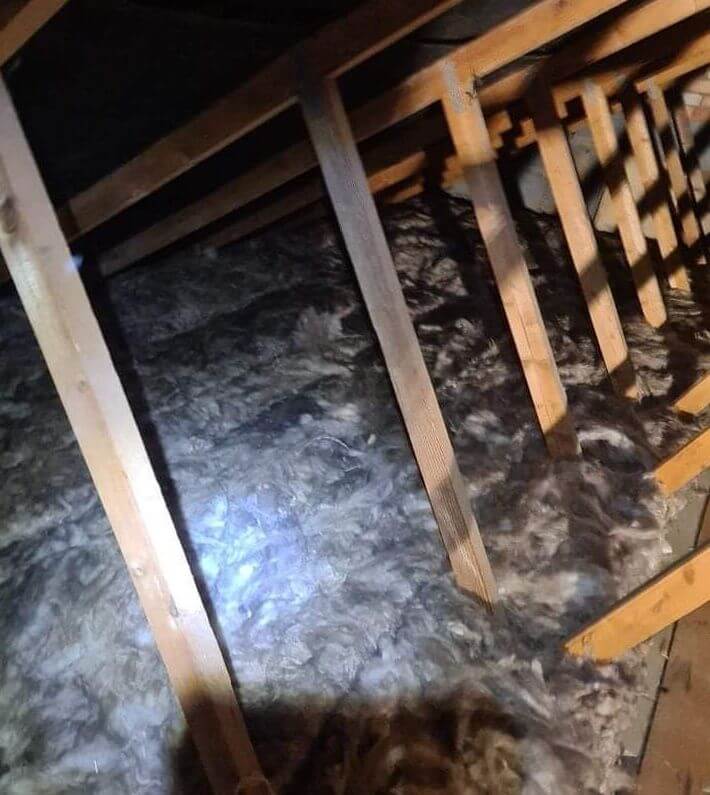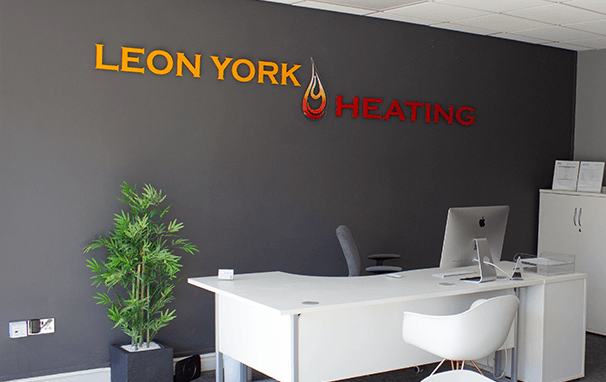Home Insulation Guide
Unsure of where to get started with insulating your home and all the benefits that follow? Look no further than our one-stop guide for what you need to know about insulating both solid and cavity walls, loft insulation and under your floor.
How can my home benefit from insulation?
Having an uninsulated home not only leads to heat loss, but also to a larger carbon footprint and increased energy bills. Installing effective methods of insulation can significantly improve your home, with noticeable difference all year round.
Up to 25% of heat can be lost through an uninsulated loft.
Up to 45% of heat can be lost through uninsulated walls.
Up to 10% of heat can be lost through uninsulated floors.

Wall insulation
Whether you have solid or cavity walls, most heat is lost through uninsulated walls. Shockingly, up to 45% of heat could be lost through solid walls. This heat loss will significantly effect your home's ability to retain heat as well as increasing your carbon footprint and energy bills. Wall insulation is a great way to keep your home warmer, think of it as wrapping your house in a blanket or hat and scarf.
Not sure which wall type you have? An easy method to identify solid or cavity walls is to look at the brick pattern. An alternating brick lengths pattern indicates Solid walls, however an even brick pattern is identifiable for cavity walls. Typically, if your house was built after the 1920's, you will likely have cavity walls.
Wall insulation is effective all year round, with insulating benefits in the winter to keep your home warmer as well as having cooling effects on your home during warm summer months.
Insulating Cavity Walls
To insulate cavity walls, small holes are drilled into the brickwork of your home in an even pattern. Using these, the insulation material is then injected into the wall, filling the cavity space. This creates an insulation layer, reducing heat loss. Once the walls have been fully insulated, the small holes are then filled in and matched to the surrounding brickwork. Cavity Wall insulation is a relatively straightforward process and should take a professional installer less than one day to install.
To find out more about Cavity wall insulation, click here.
If you are a homeowner or rental tenant in receipt of a qualifying benefit, you could be eligible for a free cavity wall insulation grant. Click here to find out more about available ECO grants.
Insulating Solid Walls
Solid wall insulation is a great way of insulating your home. The installation of expanded polystyrene, foam boards reduces heat loss therefore, keeping your home warmer, more energy efficient and saving on your energy bills.
The process of insulating solid walls is completed in stages.
First is preparation and protection, where APU beading is placed around the edges of windows and doors, as well as a protection film to prevent the base or top coat preventing any damage. The walls are then primed, followed by the installation of Extruded polystyrene foam boards being installed to the lower areas. Expanding foam tape is then applied along the top of these boards, followed by an aluminium starter track which is securely fastened into the wall. This is to prevent any water penetrating behind the system. A clip on profile bead is also applied here, as well as a verge trim being added at the top of the walls to prevent water penetrating at the top end of the system.
Next, Expanded polystyrene boards (the insulation boards) are applied to the wall using the base coat. Mechanical fixings are then routed into the foam boards at regular intervals, thermal dowels are then installed into these fixings to prevent cold bridging and / or damp spots throughout.
Once the insulation boards have been applied to the wall, reinforcement mesh and beading is added around any windows, doors or corners. This includes stress patches of mesh which help to prevent cracks. The final layer of base coat is then applied across the whole wall, followed by another layer of mesh to further support.
24-48 hours later, a top coat primer is applied to the wall, followed by the silicone top coat. This is the final finish on the wall and will be in a colour suited to your preference.
To find out more about Solid wall insulation, click here.
Loft insulation
Insulating your loft space could have a surprising benefit on your heating bills. It is estimated that up to 25% of heat can be lost through an uninsulated loft. With this, it is definitely something you should consider and think about if you're looking to reduce your carbon footprint for the future.
To find out more about loft insulation, click here.
If you are a homeowner or rental tenant in receipt of a qualifying benefit, you could be eligible for a free loft insulation grant. Click here to find out more about available ECO grants.
Under floor insulation
Suspended floors feature a large air space underneath timber joists. This allows for good air flow beneath the floor, however if uninsulated, this can lead to heat loss. Installing proper insulation keeps your home warmer as well as reducing cold draughts.
Not sure if you have suspended floors? There a couple of quick indicators you can look out for. Firstly, on the outside of your house, if you can find any ventilation bricks along the bottom of your home, then it is likely you have suspended floors. Alternatively, you can do a simple jump or stamp test. If when you jump on the floor you hear or feel any vibrations or reverb, this is again an indication of suspended floors. If however the ground is hard and you feel your body jolt on impact, this suggests solid floors.
To find out more about floor insulation, click here.
If you are a homeowner or rental tenant in receipt of a qualifying benefit, you could be eligible for a free under floor insulation grant. Click here to find out more about available ECO grants.
Excellent Quality Workmanship
Professional and fully Accredited installers
Expert knowledge and know-how
Working across the UK*
*Covering certain regions
Cavity Wall Insulation
Keep your home warmer in winter and cooler in summer
Insulate your homes walls in a few hours with Cavity Wall insulation. Reduce heat loss, keep your home warmer for longer as well as cooler in the summer months.
Loft Insulation
Reduce heat loss by up to 25%
Install loft insulation to your home to reduce heat loss by up to 25%
Under Floor Insulation
Insulate draughty or cold suspended floors
Suspended floors with an air space underneath them can lead to up to 10% heat loss if not insulated properly.
EPC Services
Energy Performance Certificate ratings for homes
Energy Performance Certificates are used to determine and rate the energy efficiency of a house. EPC's are required for the installation of ECO grants.
Contact Us
If you are interested in any of our services including grant schemes or you are just looking for some more information, Get in touch with the form below and we will get back to you shortly.
Get in touch
LEON YORK HEATING

LEON YORK INSULATION

Slide title
Write your caption hereButtonSlide title
Write your caption hereButton
Slide title
Write your caption hereButton
Slide title
Write your caption hereButton
Slide title
Write your caption hereButton
Slide title
Write your caption hereButton
Business Hours
- Mon - Sat
- -
- Sunday
- Closed



